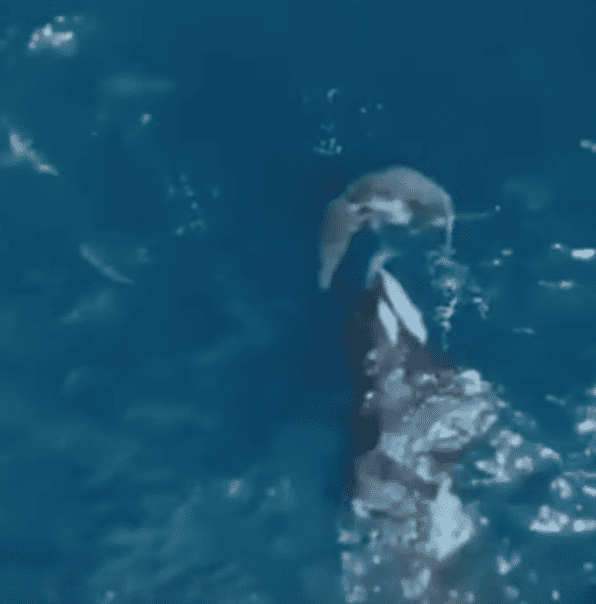Great White Shark Receives Nasty Surprise
In the vast expanse of the ocean, where predators reign supreme, a remarkable encounter recently unfolded, showcasing the raw power and intrigue of marine life. A Great White Shark, known for its dominance in the waters, found itself in an unexpected confrontation with an Orca, a predator renowned for its intelligence and formidable hunting strategies.
The incident, witnessed by astonished onlookers, exemplifies the dynamic interactions that occur within the ocean’s ecosystem. As the Great White Shark navigated the depths in search of prey, it encountered the sleek and agile Orca, a predator known for its collaborative hunting techniques and unparalleled prowess.
In this article, we delve into the details of this extraordinary encounter, exploring the physical characteristics and behavioral traits of the Orca, shedding light on its role as a top predator in the marine environment.
First off, let’s look at the physical characteristics of the Orca.
Distinctive Black and White Coloration
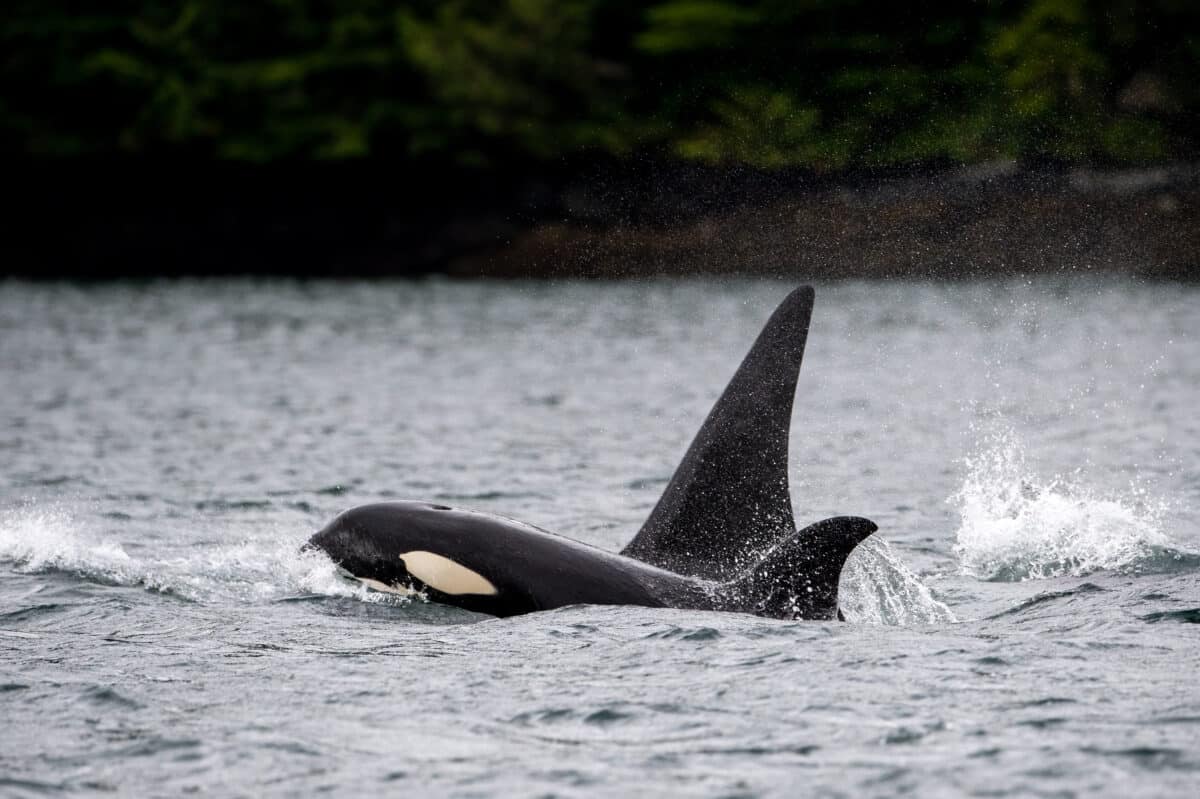
Orcas boast a striking black and white color pattern, which helps camouflage them in the water while hunting and facilitates communication within their pods.
Large Size
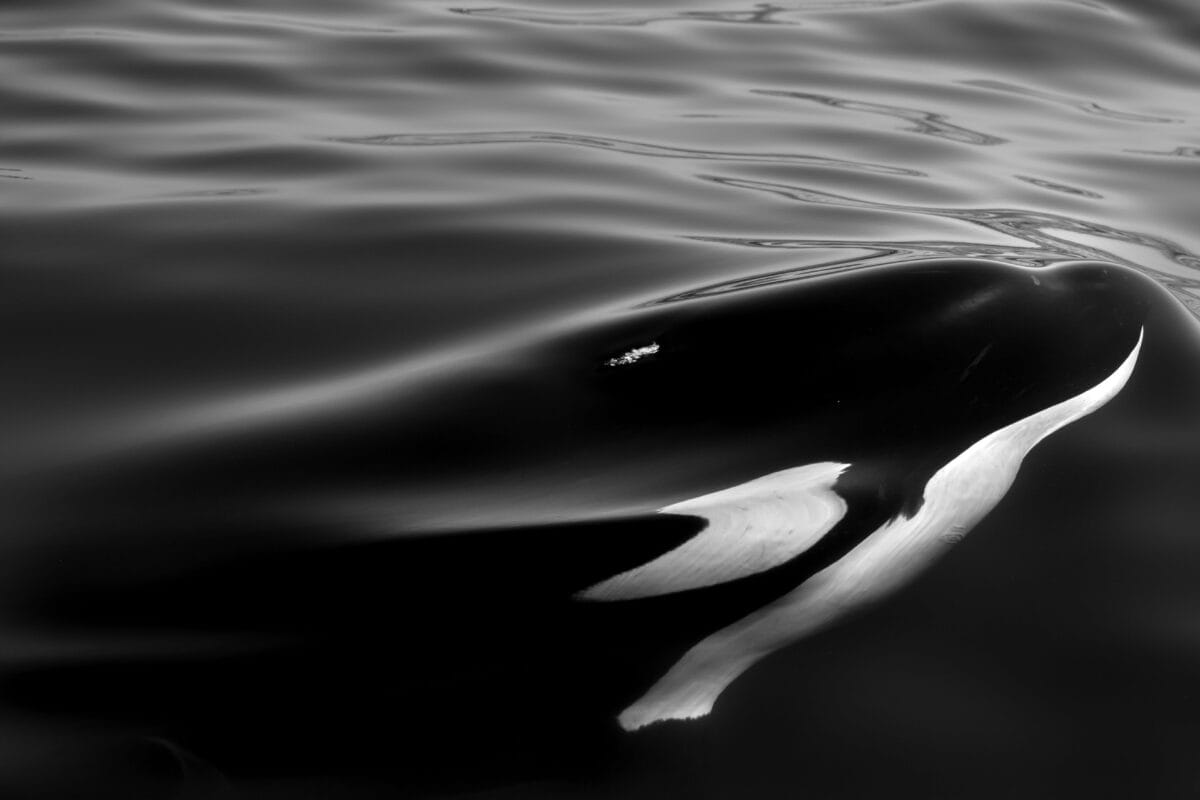
Adult Orcas can reach lengths of up to 32 feet and weigh as much as 6 tons, making them one of the largest species of dolphins.
Powerful Tail Flukes
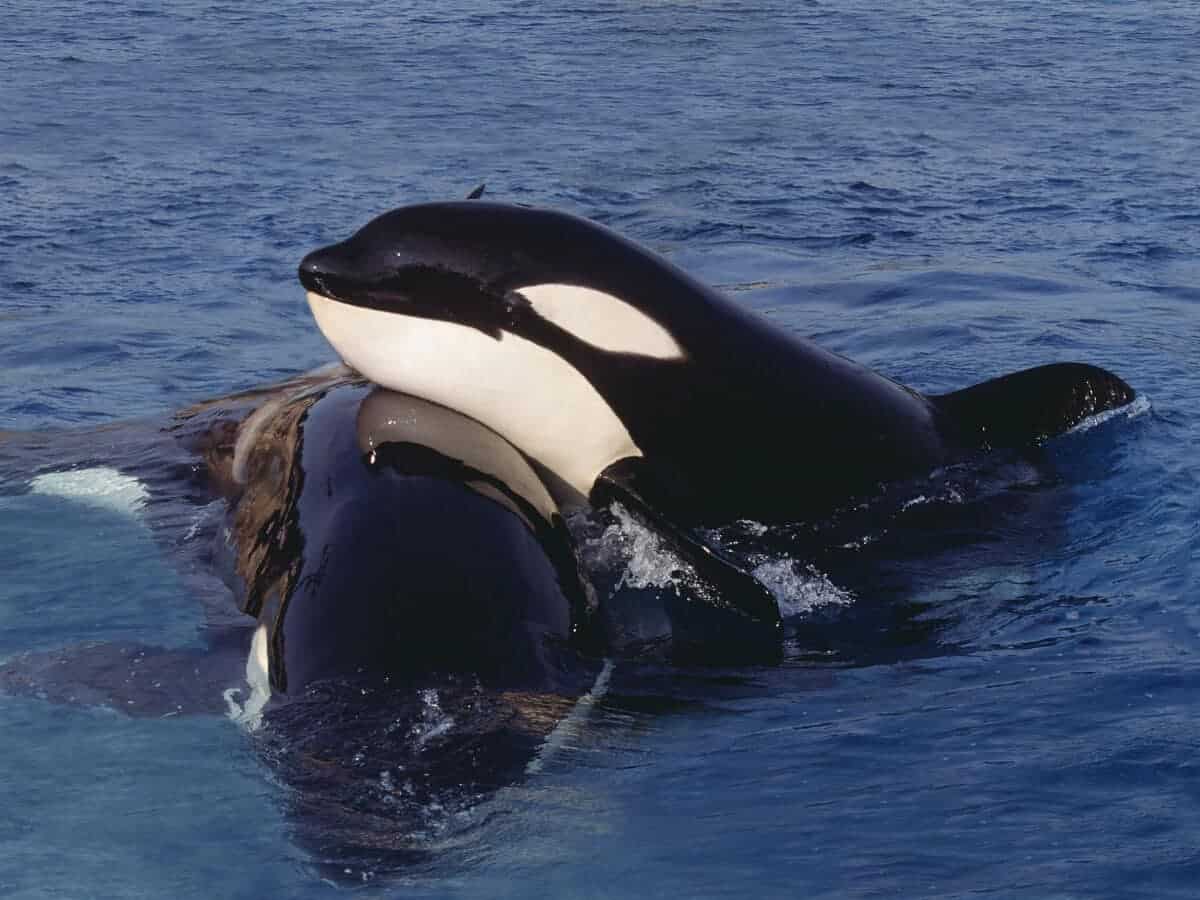
Their muscular tail flukes propel them through the water with incredible speed and agility, enabling swift pursuits of prey.
Dorsal Fin
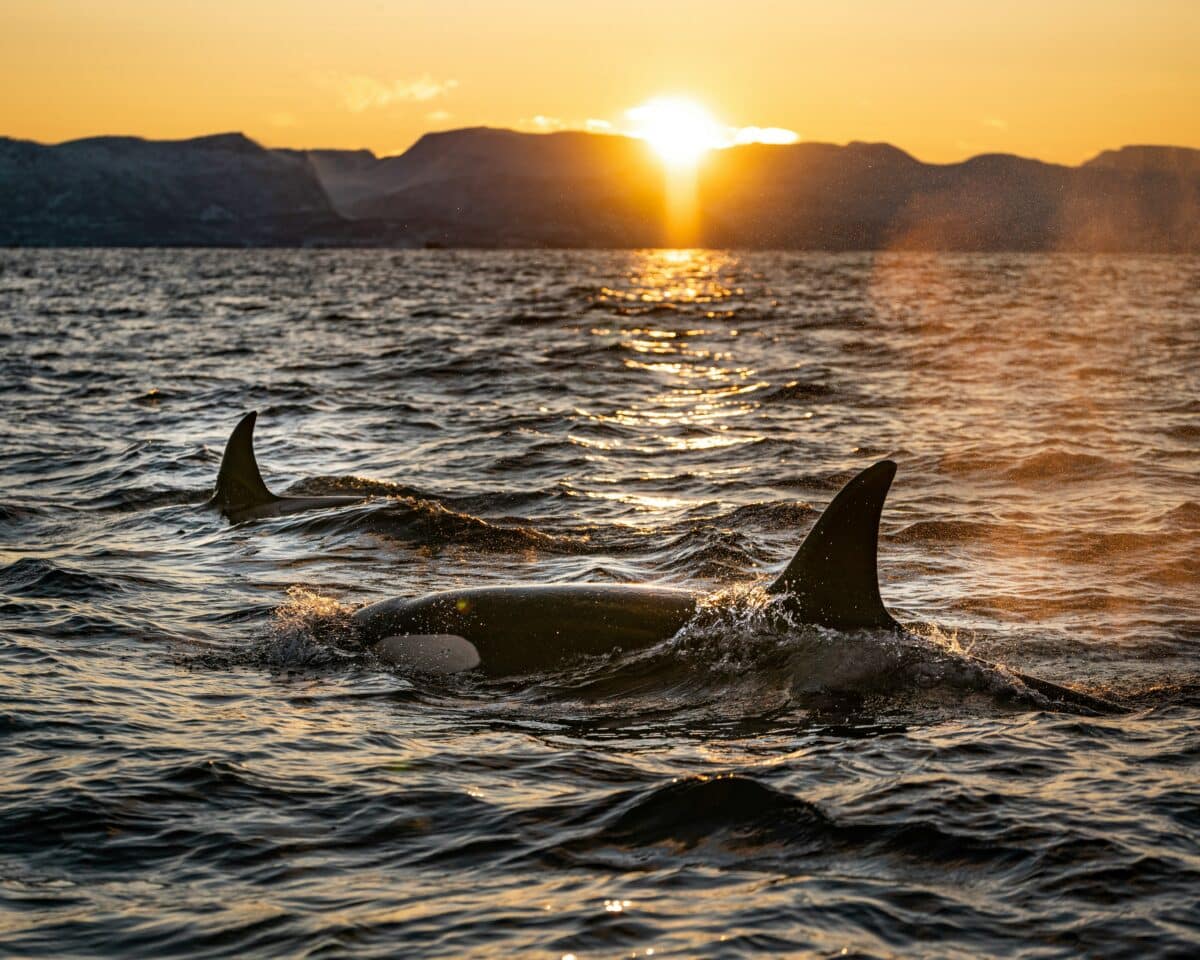
Orcas have a tall, distinctive dorsal fin, which can grow up to 6 feet in height. This fin aids in stability and helps regulate body temperature.
Sharp Teeth
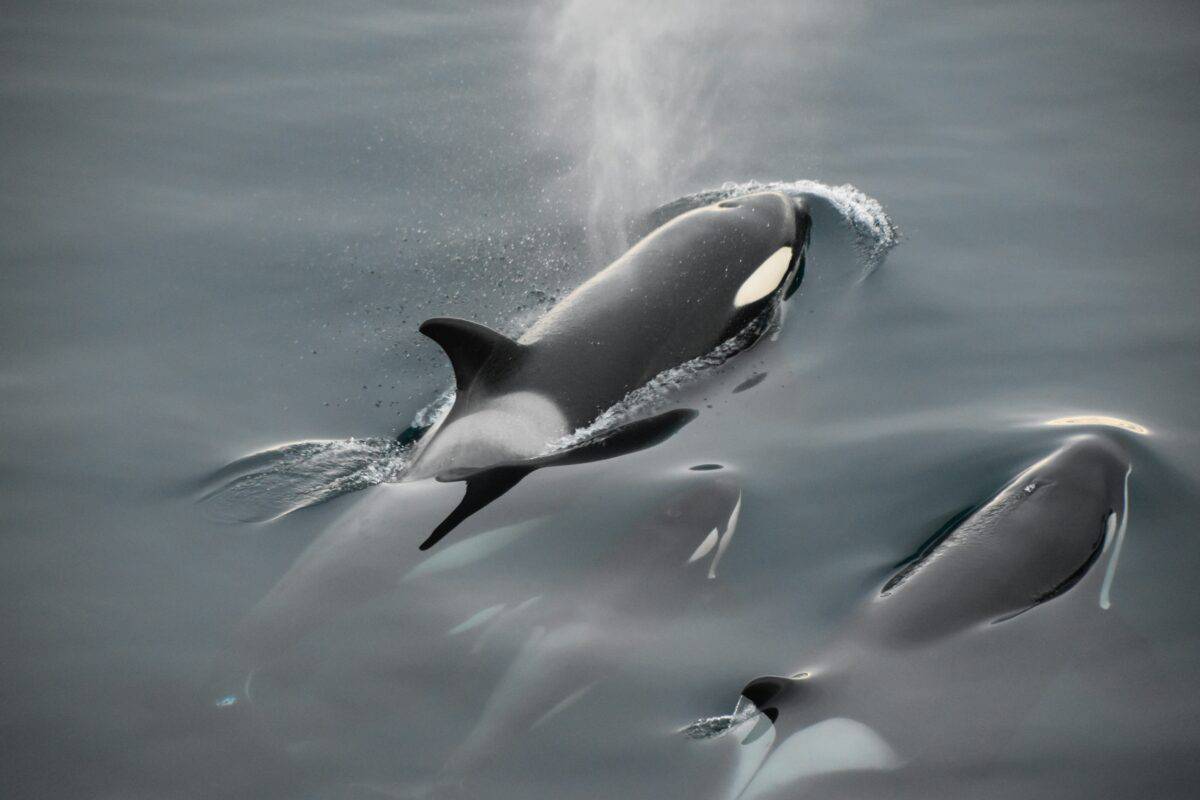
Orcas possess a formidable set of teeth, with up to 40 interlocking teeth in their jaws, perfectly adapted for grasping and tearing prey.
Echolocation
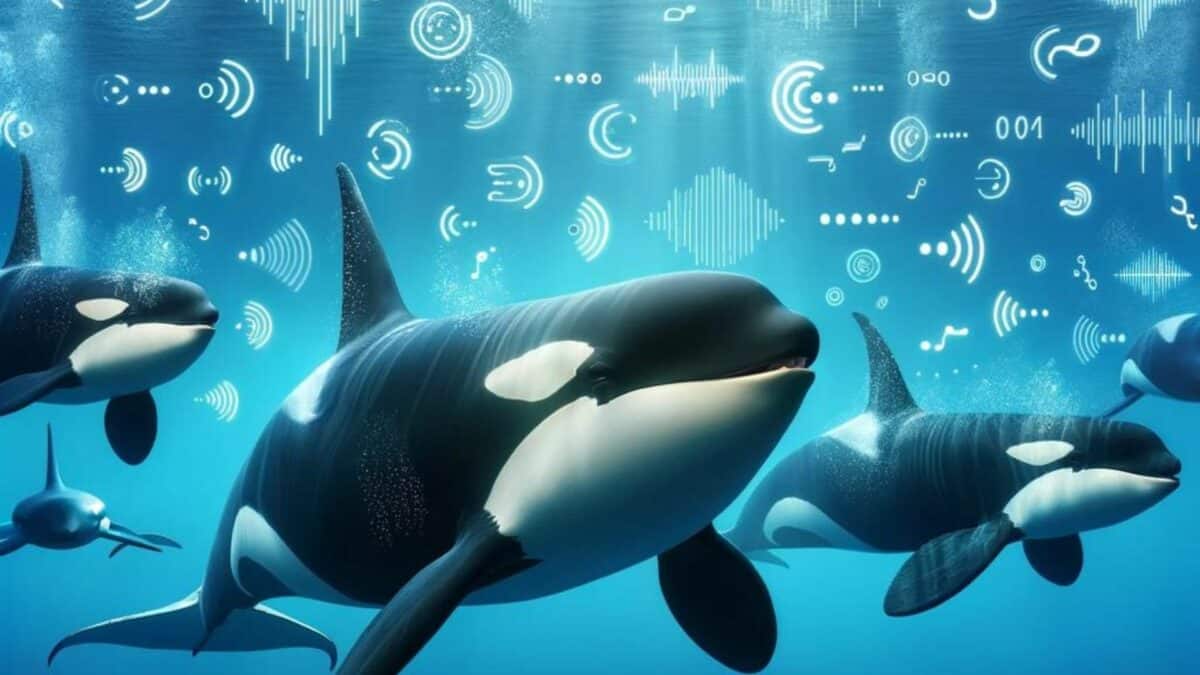
Orcas rely on echolocation, producing clicks and listening to the echoes to locate prey and navigate their surroundings with precision.
Streamlined Body
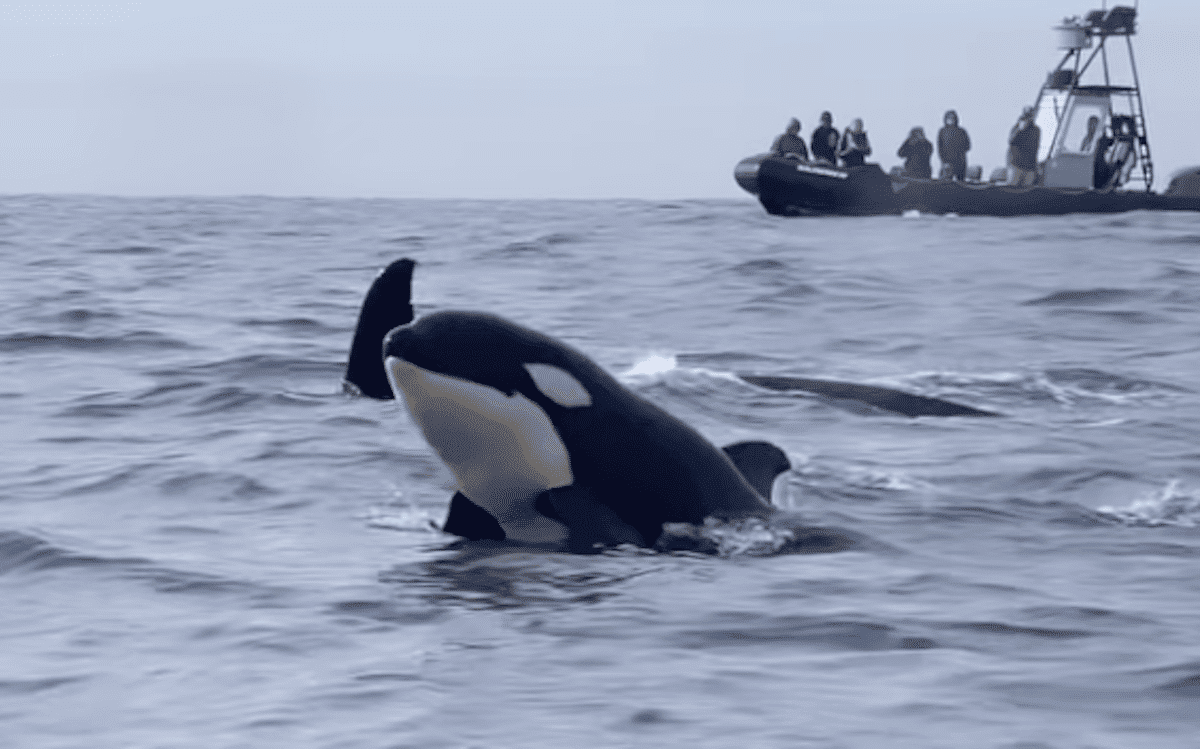
Their sleek and streamlined body allows them to move swiftly through the water, essential for hunting and pursuing prey.
Blubber Layer
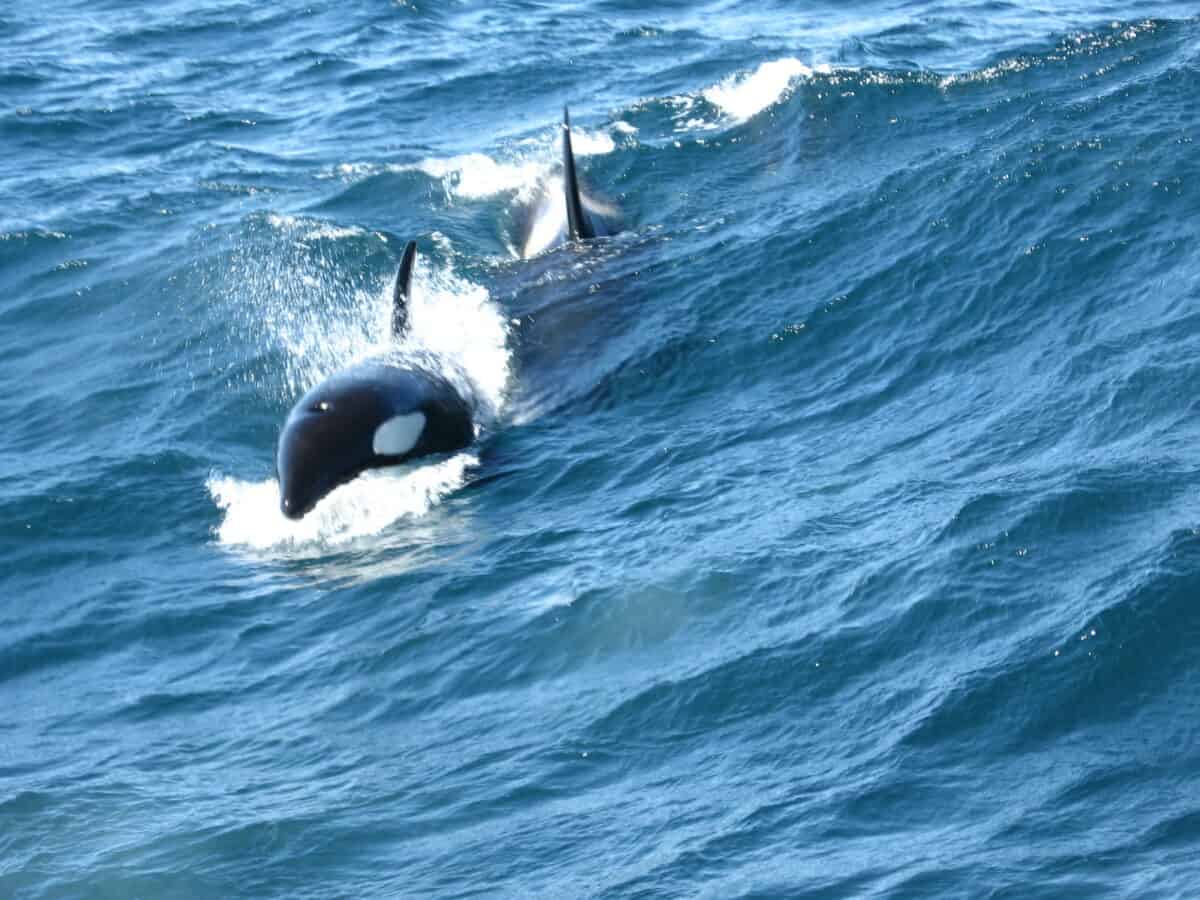
Orcas have a thick layer of blubber beneath their skin, providing insulation and energy storage in cold ocean environments.
Complex Vocalizations
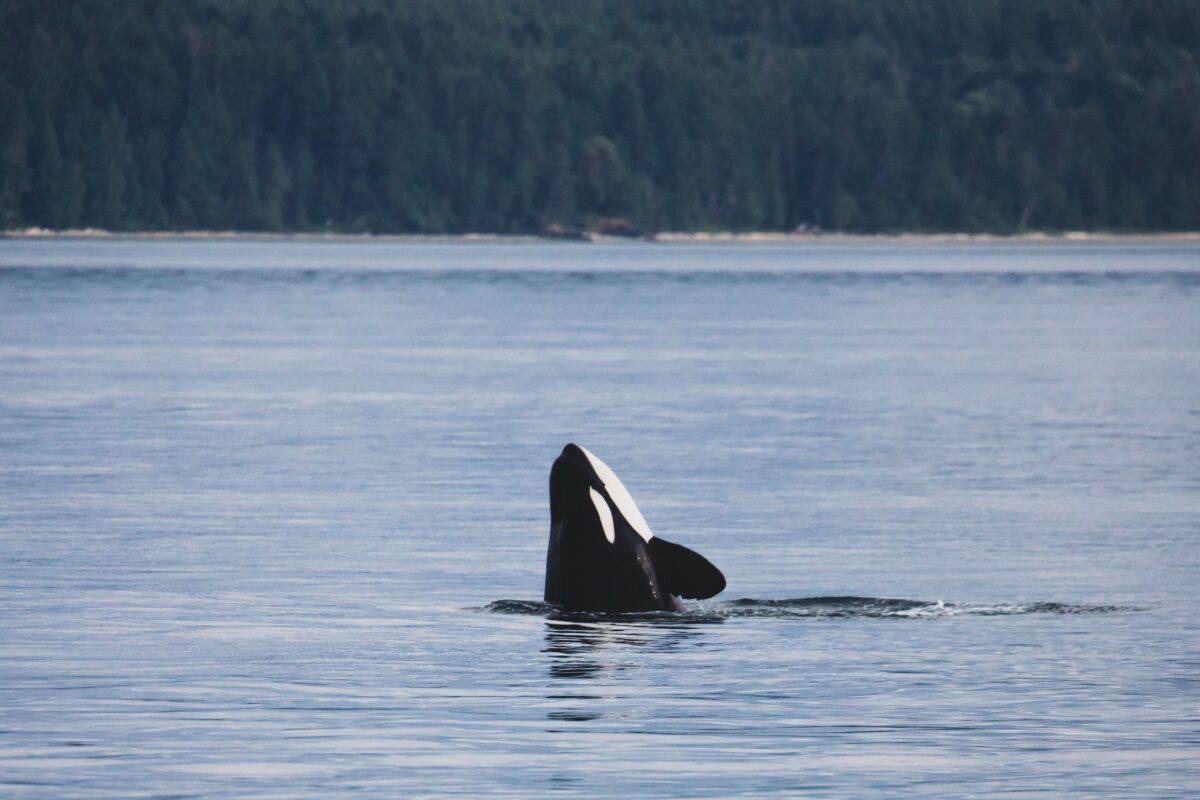
Orcas are highly vocal animals, producing an array of clicks, whistles, and calls to communicate with one another and coordinate hunting strategies.
Versatile Diet
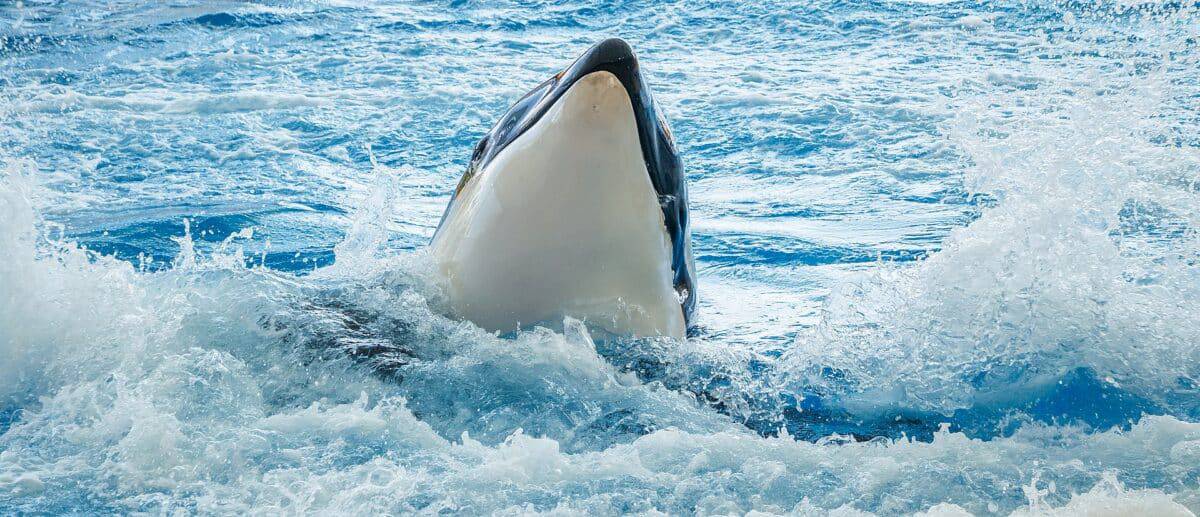
Orcas are apex predators with a diverse diet that includes fish, seals, sea lions, and even other marine mammals, showcasing their adaptability and intelligence.
Moreover, after watching this video let’s take a look at the behavioral Traits of the Orca…
Social Structure
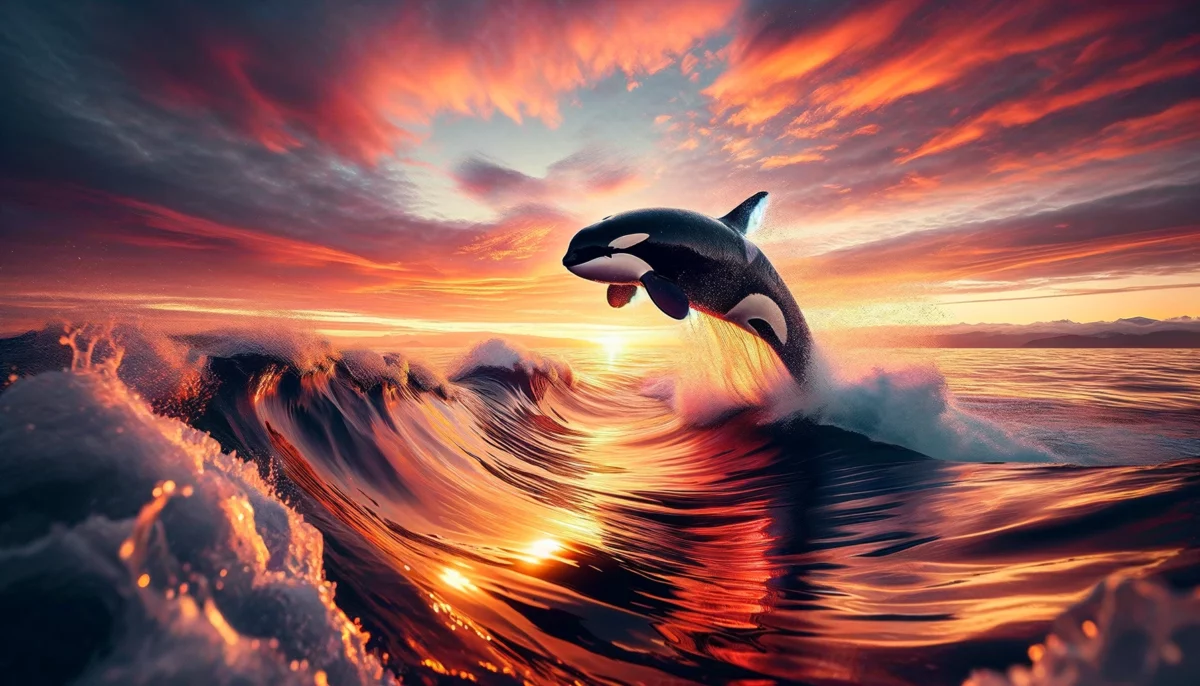
Orcas live in complex social groups known as pods, consisting of matrilineal family units led by a matriarch. These pods exhibit strong bonds and cooperative behavior.
Coordinated Hunting
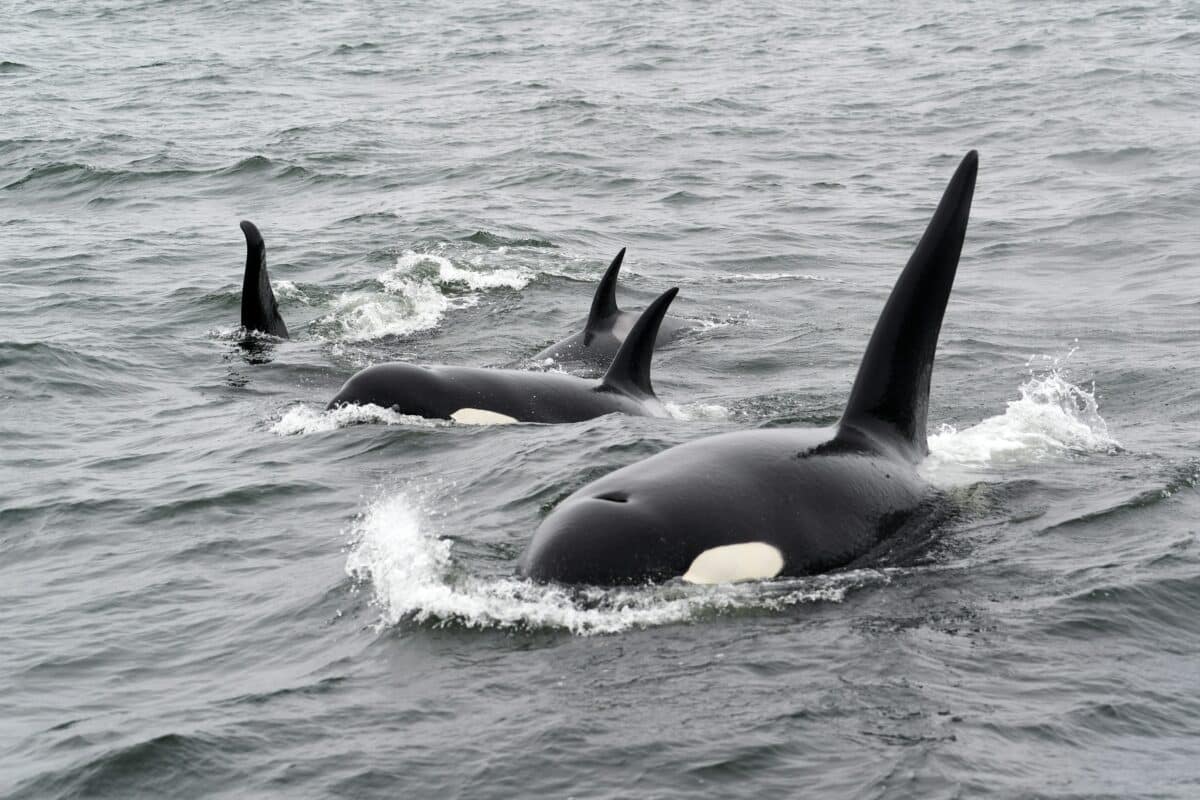
Orcas employ sophisticated hunting techniques, often working together in coordinated attacks to pursue and capture prey, demonstrating remarkable teamwork and strategy.
Playful Behavior
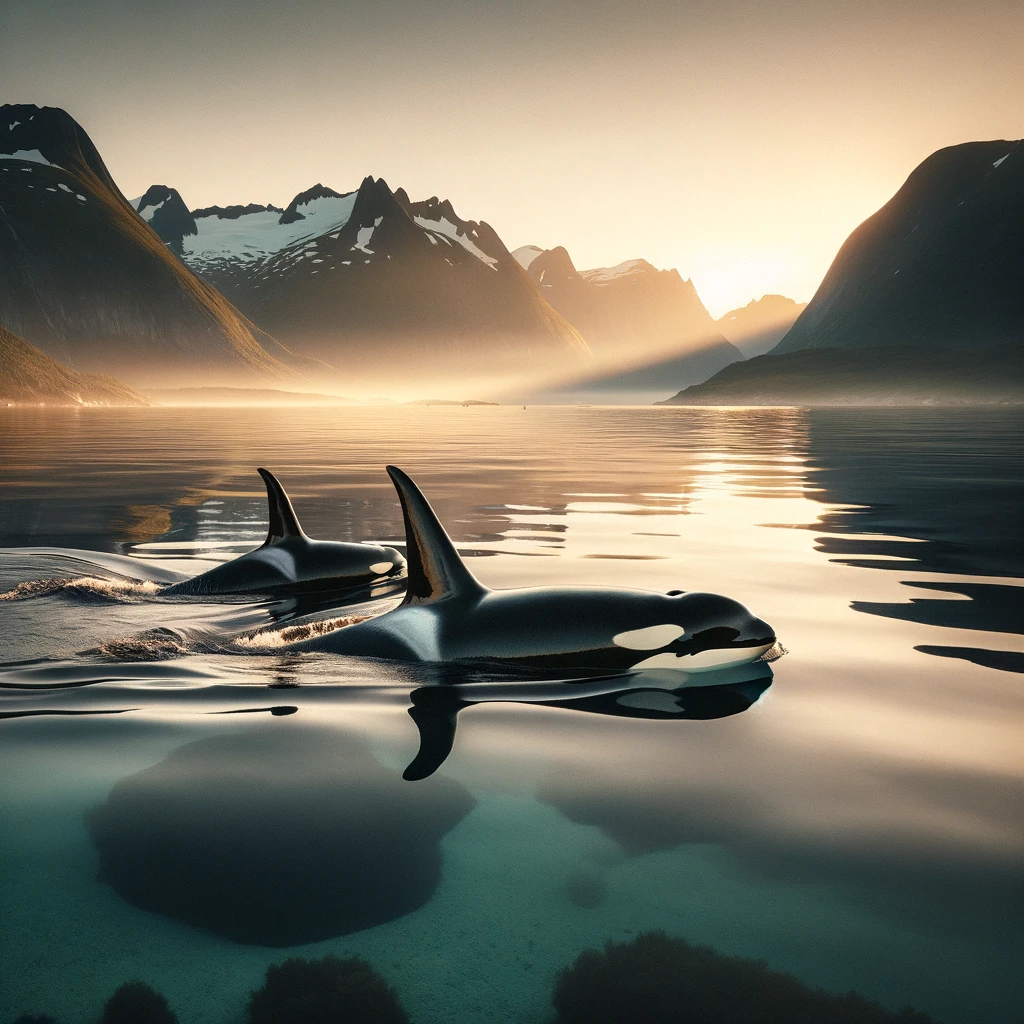
Orcas are known for their playful nature, engaging in activities such as breaching, spy hopping, and tail slapping, which may serve social bonding and communication purposes.
Maternal Care
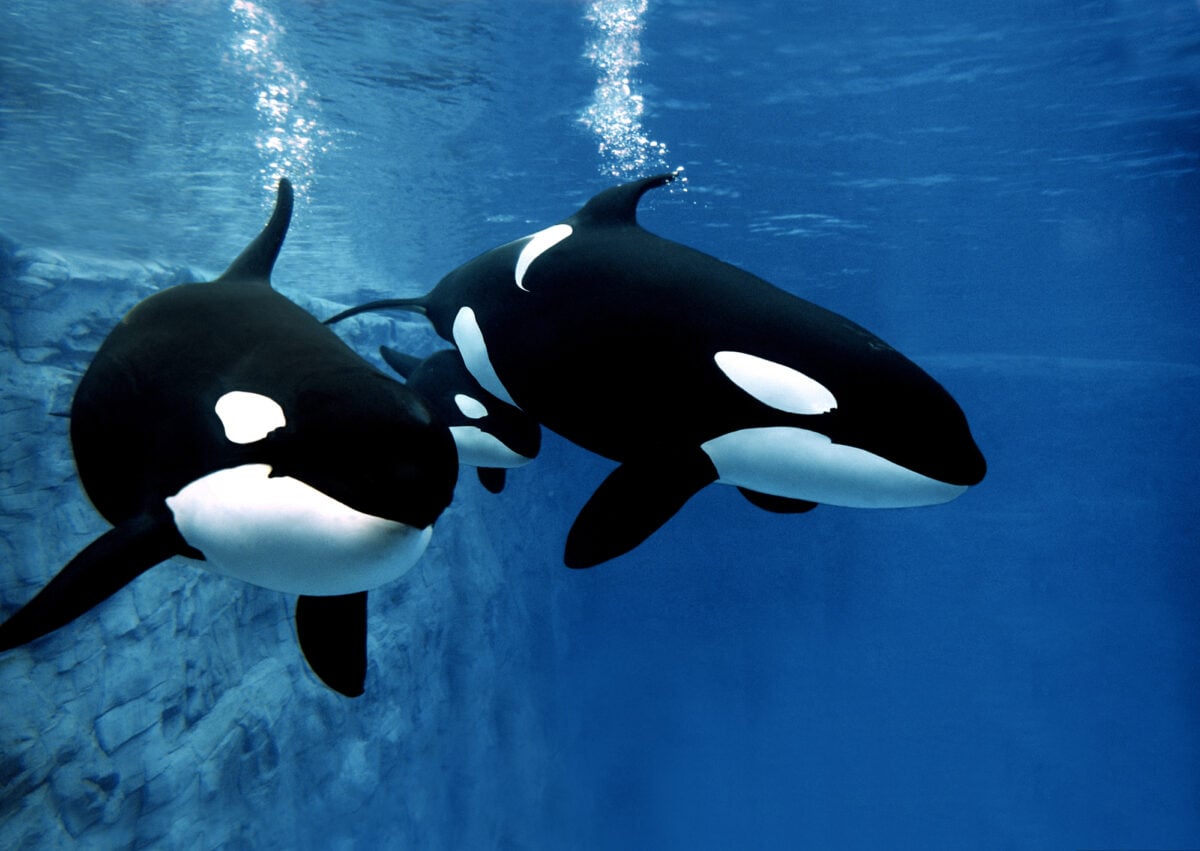
Female Orcas provide extensive maternal care to their offspring, nursing them for up to two years and teaching them essential hunting skills within the pod.
Intelligence
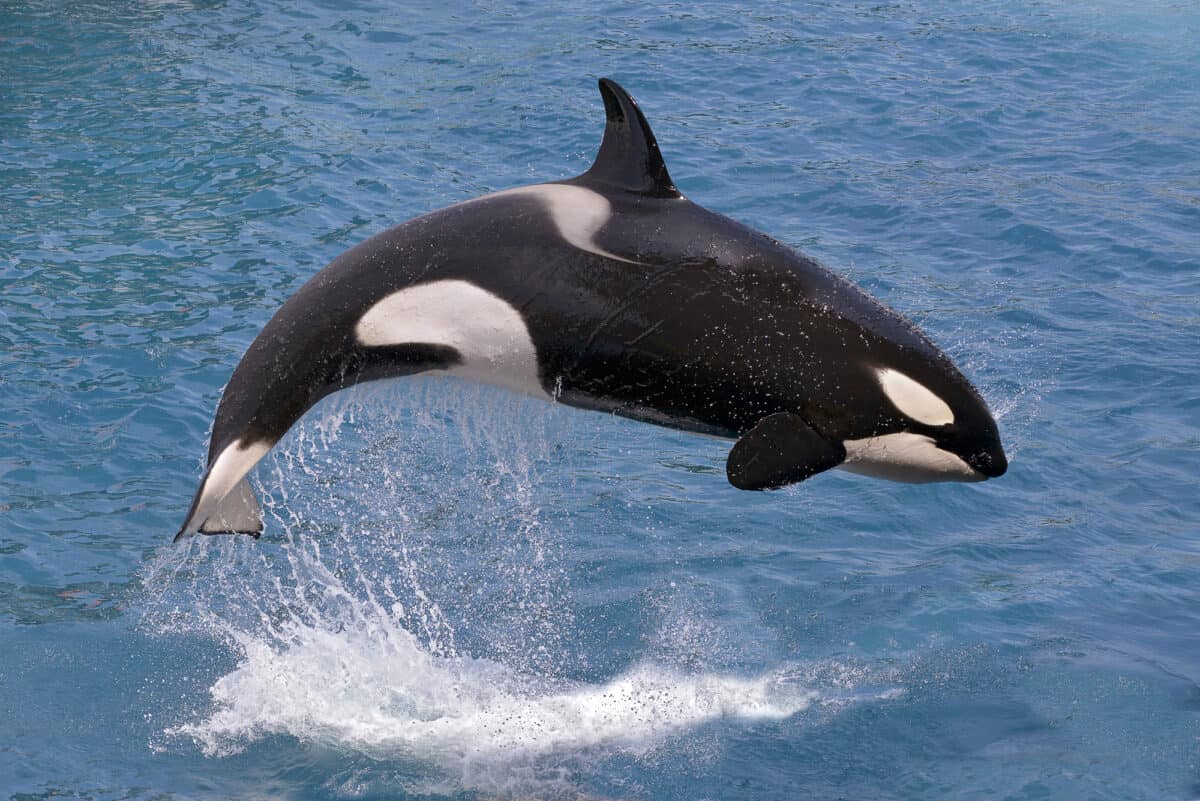
Orcas are among the most intelligent marine mammals, displaying problem-solving abilities, cultural traditions, and the capacity to learn and adapt to new environments.
Migration Patterns
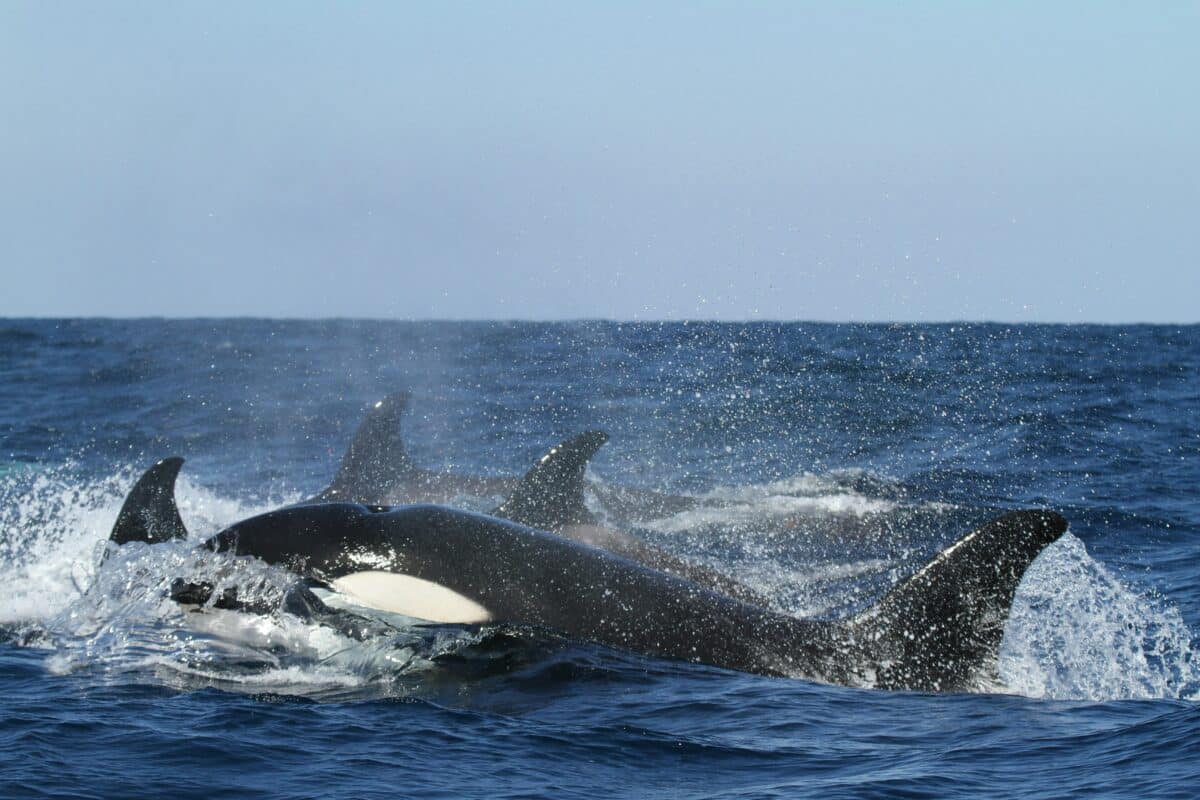
Some populations of Orcas undertake long-distance migrations, traveling hundreds or even thousands of miles in search of food sources and favorable habitats.
Communication
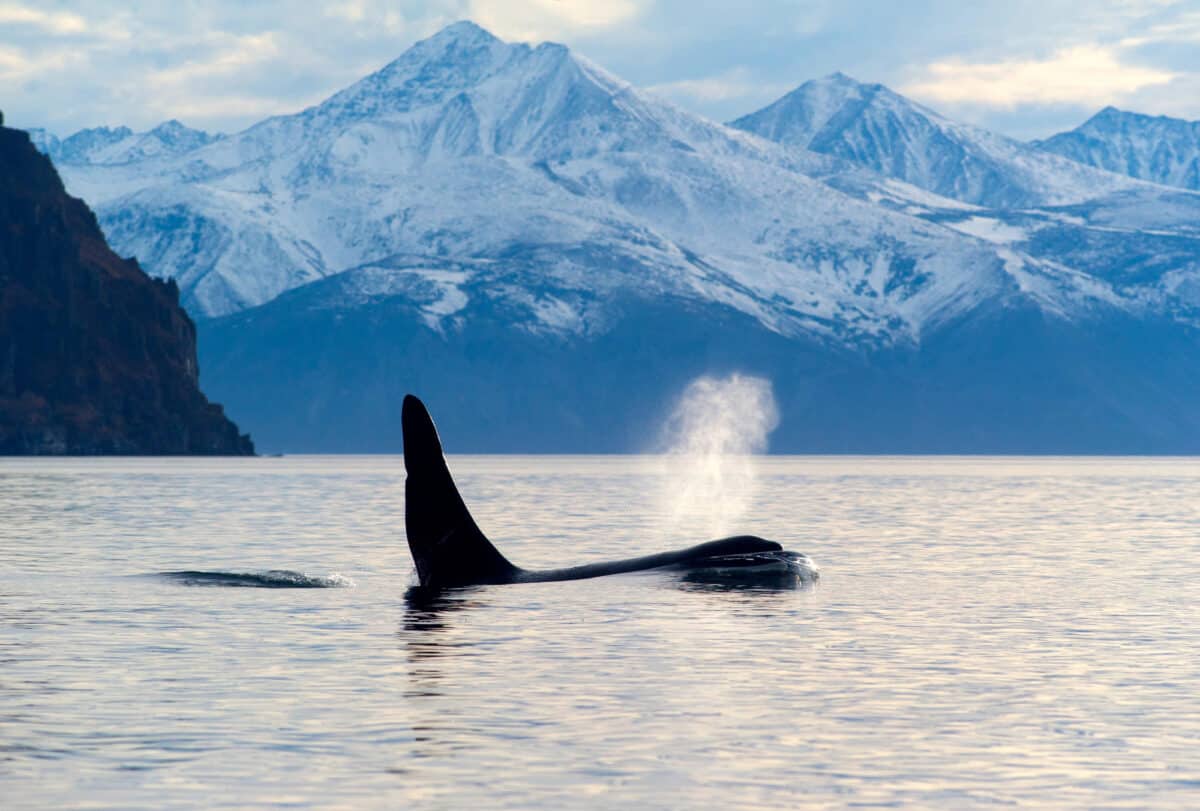
Orcas communicate using a diverse range of vocalizations, which vary between different pods and populations, indicating the presence of distinct dialects and social behaviors.
Matriarchal Leadership
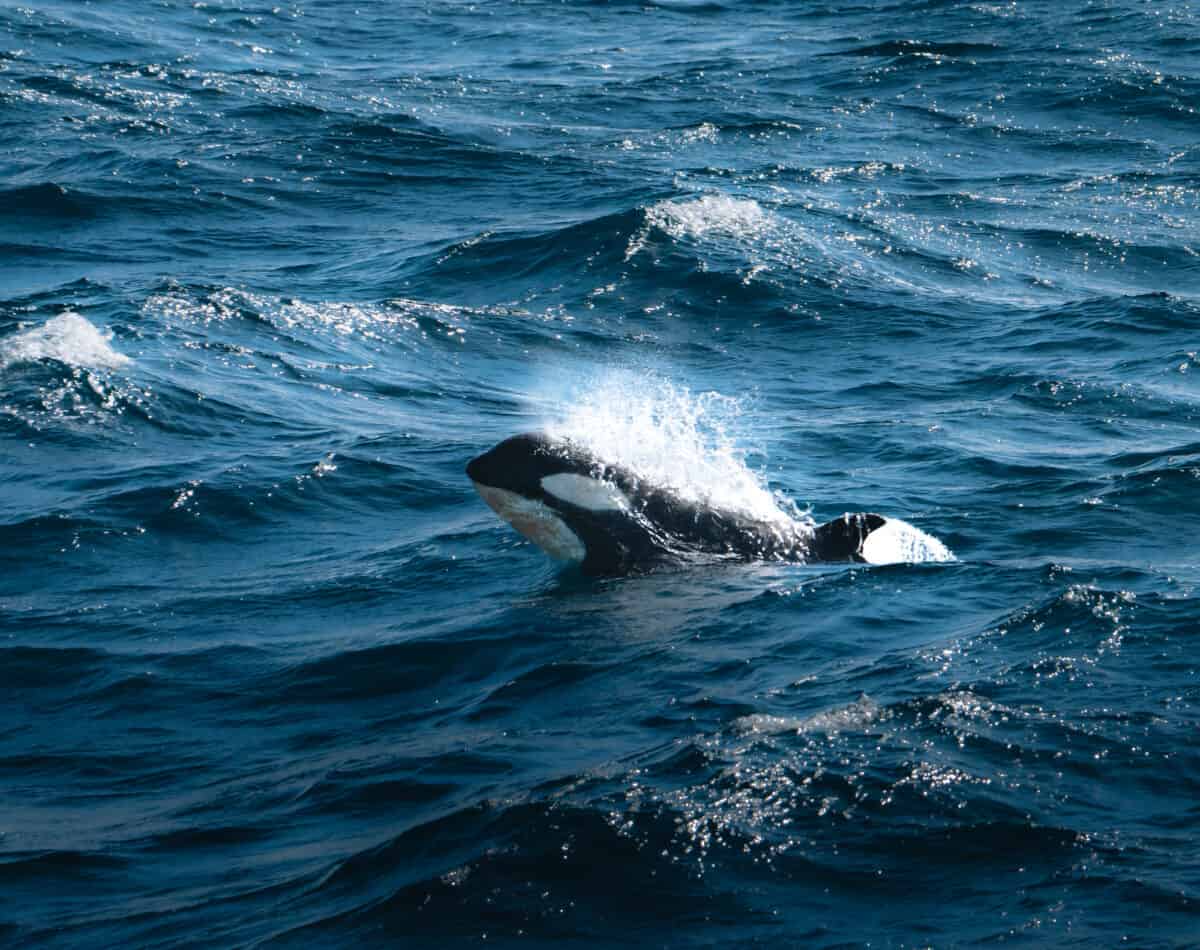
The oldest female in an Orca pod typically assumes a leadership role, guiding the group’s movements, hunting strategies, and social interactions.
Cognitive Abilities
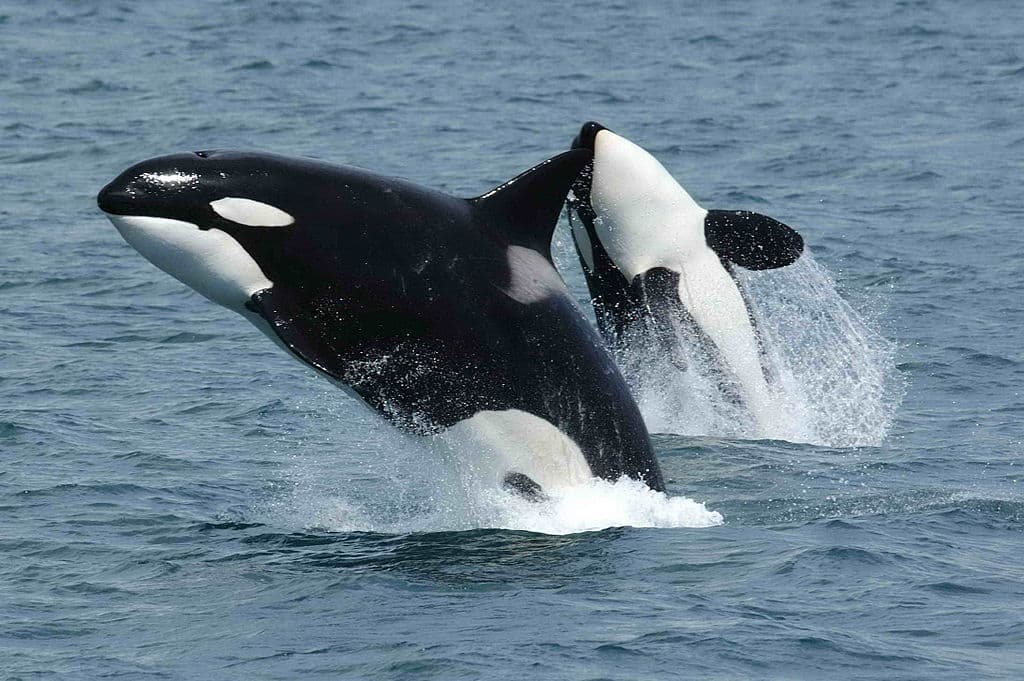
Studies have shown that Orcas possess advanced cognitive abilities, including self-awareness, problem-solving skills, and the capacity for complex social relationships.
Wrap Up
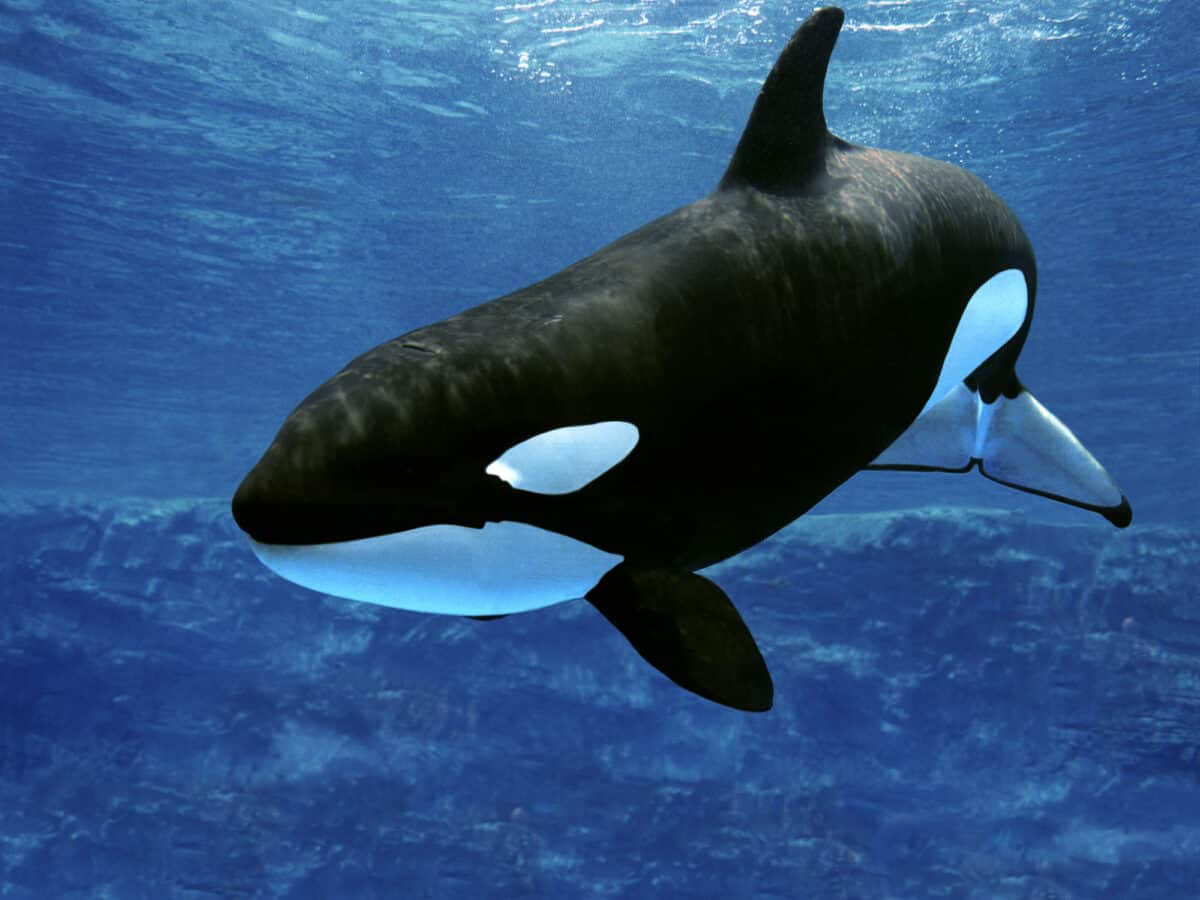
In conclusion, the encounter between the Great White Shark and the Orca offers a captivating glimpse into the intricate dynamics of marine ecosystems. By examining the physical characteristics and behavioral traits of the Orca, we gain a deeper appreciation for this apex predator’s role in maintaining the balance of the ocean’s delicate ecosystem. As we continue to explore and study the wonders of the natural world, such encounters serve as a poignant reminder of the awe-inspiring diversity and complexity of life beneath the waves.
If you enjoyed this article, check out our related article below!
Next up
Join our Forum for free today!

- Huge Pet Bison Breaks Into House - July 22, 2024
- Giant Black Bear Surprises Beachgoers by Emerging from the Ocean in Florida - July 22, 2024
- Brave Man Plays Instrument While Huge Bear Caresses His Shoulder - July 22, 2024

